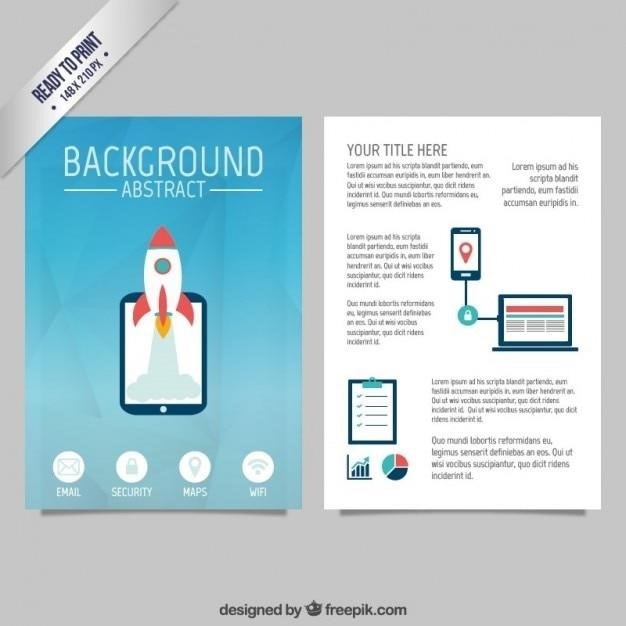Moby Wrap⁚ A Comprehensive Guide
This guide provides a comprehensive overview of using a Moby Wrap, covering various holds and wrapping techniques. From newborn to toddler, learn safe and comfortable babywearing practices with step-by-step instructions and helpful videos. Master the art of babywearing with confidence and ease!
Getting Started with Your Moby Wrap
Before you begin, ensure your Moby Wrap is laid out flat and free of wrinkles. Familiarize yourself with the fabric’s texture and drape. Practice the basic wrap movements without your baby to build confidence and coordination. Begin by wrapping the Moby Wrap around your waist, ensuring the fabric is evenly distributed. The label should be centered at your front. This initial step lays the foundation for all subsequent holds. Remember to adjust the fabric’s tightness for optimal support and comfort, ensuring it’s snug but not restrictive. Consult online video tutorials or the Moby Wrap’s instructional materials to enhance your understanding. Practice makes perfect! The more you practice these foundational steps, the easier it will become to master the various holds.
Different Moby Wrap Holds⁚ Newborn Hug Hold
The Newborn Hug Hold is ideal for newborns and smaller babies, providing a secure and snug embrace. Begin with the basic wrap, ensuring the fabric is evenly distributed around your waist. Then, create a supportive pocket at your abdomen. Gently place your baby inside this pocket, ensuring their back is straight and their head is supported. Their legs should be naturally tucked and their chin should not be pressed against their chest. Adjust the fabric to create a snug but not constricting fit. Ensure your baby’s head and neck are fully supported. This hold mimics the feeling of being held close, promoting a sense of security and calm. Always perform safety checks after placing your baby in the wrap to ensure they are comfortable and secure. Remember, consult your pediatrician for guidance on safe babywearing practices.
Different Moby Wrap Holds⁚ Hug Hold
The Hug Hold is perfect for babies who are a bit older and can more fully support their head and neck. This hold offers a slightly more upright position than the Newborn Hug Hold, allowing for better head control and improved airflow; Start with the standard Moby Wrap configuration, ensuring even fabric distribution around your waist. Create a secure pocket, similar to the Newborn Hug Hold, but position it slightly higher on your torso. Gently place your baby in the pocket, ensuring their back is straight, head is supported, and legs are naturally tucked. Adjust the fabric to achieve a comfortable fit; it should be snug but not restrictive. Keep your baby’s head supported and their chin clear from their chest to allow for easy breathing. This hold allows for greater interaction and visibility while keeping your baby close and secure. Regularly check your baby’s position and comfort. Remember, always prioritize safety and consult a babywearing expert if needed.
Different Moby Wrap Holds⁚ Hip Carry
The Hip Carry is a fantastic option for more mobile babies who can sit up unsupported. This hold is ideal for situations where you need a hands-free approach, such as grocery shopping or household chores. Begin by wrapping the Moby Wrap around your waist as usual, ensuring a secure and even distribution of fabric. Create a supportive base on your hip by gathering and adjusting the fabric. Position your baby on your hip, ensuring their legs are spread in a natural “M” position, with the back of their legs resting comfortably on your hip. The baby’s weight should be evenly distributed on your hip and supported by the fabric. Adjust the fabric to ensure a snug and secure fit, preventing any sagging or slipping. Always ensure your baby’s head and neck are supported and their airway is clear. This hold provides a comfortable position for your baby, allowing them to observe their surroundings while remaining securely fastened to you. Regularly check your baby’s position and adjust the fabric as needed for optimal comfort and support.
Mastering the Wrapping Techniques⁚ Folded Method
The folded method offers a structured approach to wrapping your Moby Wrap, providing a secure and supportive base for your baby. Begin by folding the wrap in half lengthwise, creating a long, double layer of fabric. Hold the folded wrap in front of your navel, with the label centered and facing away from you. Wrap the folded fabric around your waist, ensuring even distribution and a snug fit. Cross the ends of the wrap in front of you, one over the other, and tuck the ends under the fabric on your waist to secure the wrap in place. This creates a stable base from which to position your baby. Once the wrap is securely fastened around your waist, proceed with your chosen baby hold, ensuring the baby’s weight is evenly distributed and their legs are positioned correctly for optimal comfort and support; Always double-check the fabric’s tightness and adjust as necessary throughout the carry. Remember to regularly check your baby’s position and breathing for safety. This folded method is particularly useful for newborns and provides extra support for their delicate bodies.
Mastering the Wrapping Techniques⁚ Gathered Method
The gathered method provides a more adaptable and flexible way to use your Moby Wrap. Unlike the folded method’s structured approach, this technique involves gathering the fabric to create a supportive pocket for your baby. Begin by draping the wrap around your body, allowing the fabric to fall naturally. Gather sections of the fabric to create a comfortable pocket for your baby’s weight. This technique is particularly useful for adjusting the wrap’s fit as your baby grows or to accommodate different body types. The gathered method allows for more intuitive adjustments throughout the babywearing experience. It is ideal for those who prefer a more customized and adaptable wrap, enabling on-the-fly adjustments to achieve optimal comfort and support. Remember to distribute the fabric evenly around your body and ensure the gathered sections are secure to prevent slippage. Always perform safety checks regularly throughout the carry, ensuring your baby’s weight is evenly distributed and their legs are properly supported. This method is suitable for various babywearing positions, including the newborn hug, standard hug, and hip holds, offering flexibility as your baby develops.
Troubleshooting and Safety Tips
Addressing common Moby Wrap challenges is crucial for safe and comfortable babywearing. If the wrap feels too loose, ensure you’ve followed the instructions precisely, and consider adding an extra layer of fabric for snugness. Conversely, if it’s too tight, loosen the fabric and readjust, prioritizing comfort and breathing space for both you and your baby. Always check that the fabric isn’t twisted or bunched, which can compromise support and safety. Ensure your baby’s face is clear and unobstructed for breathing. Regularly check your baby’s position, ensuring their chin isn’t tucked against their chest. If your baby seems uncomfortable, try readjusting the wrap or taking a break. Consult a certified babywearing educator for personalized advice if needed. Remember, safety is paramount. Never leave your baby unattended while using a Moby Wrap. Prioritize proper placement and support; a correctly positioned baby should be secure and close to your body. Always follow the manufacturer’s instructions and consult healthcare professionals for guidance regarding babywearing practices. By addressing these potential problems, you can enjoy a safe and positive babywearing experience.
Resources and Further Learning
Expand your Moby Wrap knowledge beyond this tutorial with readily available resources. The official Moby Wrap website offers detailed instructions, videos, and FAQs addressing various concerns. Numerous YouTube channels feature babywearing experts demonstrating different techniques and troubleshooting common issues. Searching for “Moby Wrap tutorial” will yield a wealth of visual guides. Consider connecting with local babywearing groups or consultants; many offer in-person workshops and personalized support. These groups provide a supportive community for sharing experiences and learning tips from seasoned parents. Online forums and communities dedicated to babywearing offer valuable insights from other users, allowing you to learn from their successes and challenges. Remember to always prioritize safety; if you have any questions or doubts, consult a certified babywearing educator or healthcare provider for personalized guidance tailored to your needs and circumstances. This holistic approach ensures a confident and enjoyable experience with your Moby Wrap.





